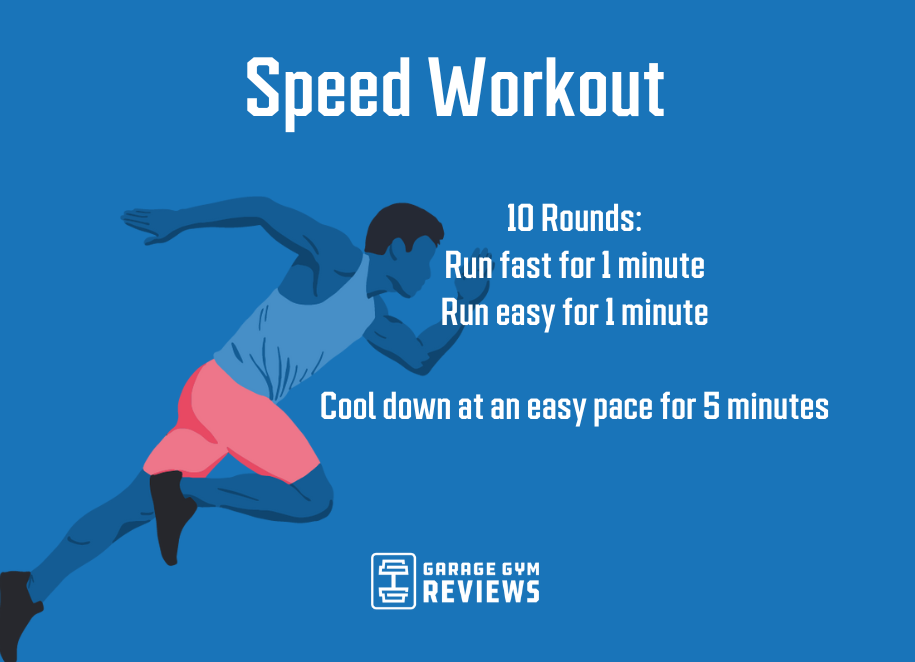Revamp Your Running Strategy: Tips for Enhanced Efficiency
Revamp Your Running Strategy: Tips for Enhanced Efficiency
Blog Article
Dealing With Common Running Pains: Causes, Solutions, and Prevention
As runners, we usually encounter different pains that can impede our efficiency and pleasure of this exercise. From the devastating pain of shin splints to the unpleasant IT band syndrome, these typical running pains can be discouraging and demotivating. Comprehending the reasons behind these conditions is vital in properly resolving them. By discovering the origin factors for these operating discomforts, we can discover targeted options and safety nets to make certain a smoother and a lot more meeting running experience (find this).
Typical Running Pain: Shin Splints
Shin splints, an usual running pain, often result from overuse or inappropriate shoes during physical activity. The repetitive anxiety on the shinbone and the cells connecting the muscle mass to the bone leads to inflammation and discomfort.
To prevent shin splints, individuals should gradually enhance the intensity of their workouts, use suitable footwear with appropriate arch support, and preserve versatility and strength in the muscle mass surrounding the shin (running workout). Additionally, integrating low-impact activities like swimming or cycling can help keep cardio health and fitness while permitting the shins to recover.
Usual Running Discomfort: IT Band Syndrome
In addition to shin splints, another prevalent running discomfort that professional athletes often encounter is IT Band Disorder, a problem triggered by swelling of the iliotibial band that runs along the external upper leg and knee. IT Band Syndrome commonly shows up as discomfort on the outside of the knee, particularly throughout tasks like running or cycling. The iliotibial band is a thick band of fascia that links the hip to the shin, and when it becomes swollen or tight, it can rub against the thigh bone, causing pain and discomfort.
Runners experiencing IT Band Disorder might observe a stinging or hurting feeling on the outer knee, which can worsen with ongoing activity. Factors such as overuse, muscular tissue inequalities, incorrect running form, or poor workout can contribute to the growth of this condition. To prevent and relieve IT Band Syndrome, joggers must concentrate on extending and enhancing exercises for the hips and thighs, proper shoes, gradual training development, and dealing with any kind of biomechanical problems that might be worsening the problem. Neglecting the symptoms of IT Band Disorder can lead to persistent issues and extended recuperation times, highlighting the relevance of early treatment and proper administration strategies.
Typical Running Discomfort: Plantar Fasciitis

Plantar Fasciitis can be associated to different aspects such as overtraining, inappropriate shoes, working on tough surface areas, or having high arcs or level feet. To avoid and alleviate Plantar Fasciitis, joggers can include extending workouts for the calf bones and plantar fascia, put on encouraging shoes, keep a healthy and balanced weight to minimize stress on the feet, and slowly enhance running intensity to stay clear of abrupt stress and anxiety on the plantar fascia. If signs and symptoms linger, it is suggested to seek advice from a health care expert for appropriate diagnosis and therapy options to address the problem properly.
Usual Running Pain: Runner's Knee
After dealing with the challenges of Plantar Fasciitis, great site an additional common issue that runners frequently encounter is Jogger's Knee, a typical running pain that can prevent sports performance and create pain during physical task. Runner's Knee, additionally understood as patellofemoral pain disorder, materializes as pain around or behind the kneecap. This problem is frequently credited to overuse, muscular tissue discrepancies, improper running strategies, or issues with the alignment of the kneecap. Joggers experiencing this pain might feel a plain, aching discomfort while running, increasing or down staircases, or after extended periods of resting. To stop Runner's Knee, it is critical to integrate proper warm-up and cool-down regimens, preserve solid and balanced leg muscular tissues, wear ideal footwear, and progressively raise running intensity. If signs and symptoms persist, consulting from a medical care professional or a sporting activities medication specialist is advised to diagnose the underlying reason and develop a tailored therapy plan to ease the discomfort and avoid additional complications.
Usual Running Discomfort: Achilles Tendonitis
Typically affecting joggers, Achilles Tendonitis is a painful problem that affects the Achilles tendon, causing pain and possible restrictions in exercise. The Achilles ligament is a thick band of tissue that links the calf bone muscle mass to the heel bone, critical for tasks like running, jumping, and strolling - useful guide. Achilles Tendonitis usually establishes as a result of overuse, incorrect shoes, poor stretching, or abrupt rises in physical activity
Signs And Symptoms of Achilles Tendonitis consist of discomfort and stiffness along the ligament, specifically in the morning or after periods of inactivity, swelling that worsens with task, and potentially bone spurs in persistent cases. To avoid Achilles Tendonitis, it is necessary to stretch appropriately before and after running, put on appropriate shoes with appropriate assistance, gradually raise the intensity of exercise, and cross-train to decrease repetitive anxiety on the ligament.
Verdict

Report this page